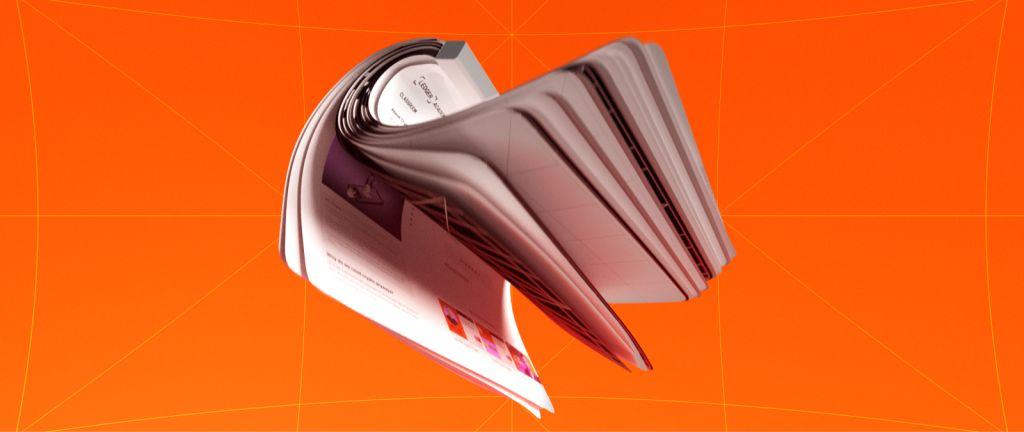Trump's Policies Could Tip Mortgage Rates Into Turmoil
- Optimal Blue data shows U.S. 30-year fixed mortgage rates at 6.531% on Aug 28, 2025, down slightly but near 7% for over a year. - Trump's proposed policies and Fed rate cuts since Sept 2024 have failed to significantly lower mortgage rates amid inflation uncertainty. - Borrowers advised to boost credit scores (740+) and compare lenders to save $600-$1,200 annually in high-rate environment. - Fed's balance sheet reduction policy historically raises mortgage rates, emphasizing need to monitor broader monet
On August 28, 2025, the average interest rate for a 30-year, fixed-rate conforming mortgage in the U.S. stood at 6.531%, according to data from Optimal Blue. This marks a slight decrease of approximately 1 basis point from the previous day and about 7 basis points from the rate a week prior [5]. The decline continues a modest trend observed in recent weeks, though rates remain near the 7% threshold that has persisted for over a year. The 30-year jumbo mortgage rate was reported at 6.799%, down from 6.757% the week before [5]. Similarly, government-backed loans such as FHA, VA, and USDA mortgages also saw declines in their average rates, reflecting broader market adjustments.
The current mortgage environment reflects continued uncertainty, with analysts watching closely how President Donald Trump’s proposed policies might impact the labor market and inflation. While the Federal Reserve began reducing the federal funds rate in September 2024, the anticipated easing of mortgage rates did not materialize as expected. In fact, the average 30-year fixed mortgage rate exceeded 7% in January 2025 for the first time since May 2024, according to Freddie Mac [5]. This represents a sharp contrast to the record-low average of 2.65% in January 2021, when pandemic-driven economic interventions brought rates to historic lows.
Despite these high rates, experts suggest that the market could stabilize if inflation is controlled and the economic outlook improves. For example, rates briefly dipped below 6.5% in early April 2025 before rising again. These fluctuations highlight the sensitivity of mortgage rates to macroeconomic conditions and investor sentiment.
Homebuyers navigating this environment are advised to focus on optimizing their financial profiles to secure the most favorable mortgage rates. A strong credit score—ideally 740 or higher—can significantly reduce borrowing costs, as can a low debt-to-income (DTI) ratio, typically 36% or below. Shopping around with multiple lenders, including large banks, credit unions, and online platforms, is also critical to finding competitive offers. According to Freddie Mac research, homebuyers who apply with multiple lenders in a high-rate environment can save between $600 and $1,200 annually [5].
The Federal Reserve’s balance sheet policies remain a key factor influencing long-term mortgage rates. While rate cuts to the federal funds rate attract significant media attention, the central bank's decision to reduce its balance sheet—by allowing assets to mature without replacement—has historically pushed mortgage rates upward. This dynamic underscores the importance of monitoring broader monetary policy, not just short-term rate adjustments.
As the housing market remains influenced by a combination of economic indicators, policy uncertainty, and shifting investor sentiment, borrowers are encouraged to act strategically. Comparing offers and understanding how different loan types—such as 15-year fixed, adjustable-rate, and government-backed loans—can impact monthly payments and long-term costs is essential in making informed decisions [5].
Source:
Disclaimer: The content of this article solely reflects the author's opinion and does not represent the platform in any capacity. This article is not intended to serve as a reference for making investment decisions.
You may also like
On-chain Credit Guarantee Trading Mechanism Based on TBC Underlying Technology: Exploring a New Global Trust System for Commodity Circulation
The trust dilemma faced by traditional e-commerce and the potential breakthrough offered by blockchain.

Research Report|In-Depth Analysis and Market Cap of Common Protocol (COMMON)

XRP’s Dip Volume Drama and Solana’s EMA Struggle: Shakeout or Sneaky Rebound?

2025: The Most Bizarre Crypto Cycle in History—Manipulation, Collapse, and the Rebirth of a New Order
